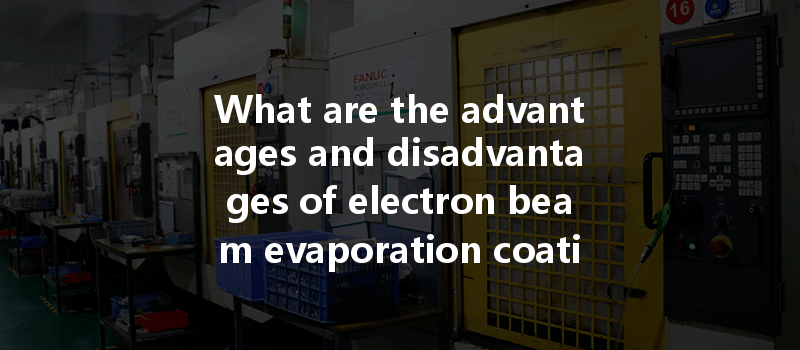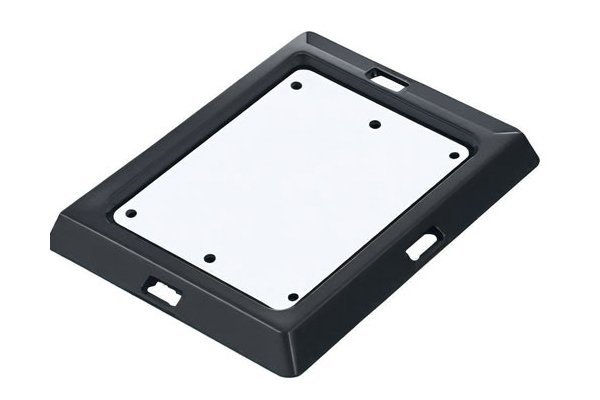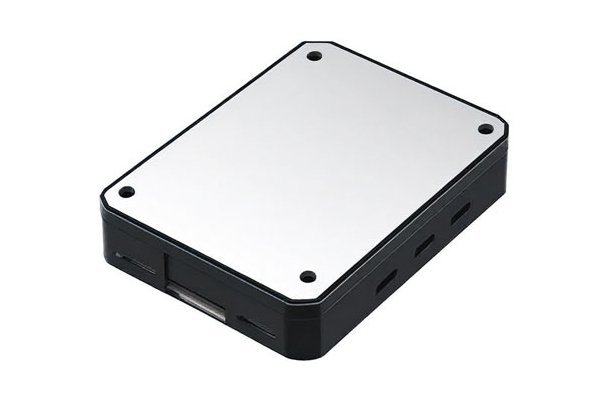Did you know that the aerospace industry relies heavily on thin film coatings for enhancing the performance and longevity of critical components? Among various deposition techniques available, electron beam evaporation coating has emerged as a popular choice, particularly for its high-quality results. In this comprehensive blog, we will delve deep into the world of electron beam evaporation, its applications, advantages, and disadvantages, and how this technology is shaping the future of manufacturing.
—
Understanding Electron Beam Evaporation Coating
What is Electron Beam Evaporation?
Electron beam (EB) evaporation is a physical vapor deposition (PVD) technique used for creating thin films on surfaces. In this process, an electron beam is generated by an electron gun and directed onto a material (known as the target). This beam provides sufficient energy to vaporize the material, which then travels through a vacuum chamber and condenses onto the substrate, forming a thin film.
This method is widely recognized for its precision and control, allowing for the deposition of different materials, including metals, alloys, and compounds, onto various substrates, including glass, ceramics, and even plastics.
—
Advantages of Electron Beam Evaporation Coating
One of the most significant advantages of EB evaporation is the ability to produce high-purity films. The vacuum environment ensures that contaminants are minimized, and the controlled deposition parameters facilitate the growth of films with significantly lower impurity levels compared to other techniques.
EB evaporation can coat a wide range of materials, from metals to dielectrics, and even reactive compounds. This versatility makes it an invaluable process in various industries, including semiconductor manufacturing, optics, and aerospace.
Electron beam evaporation allows manufacturers to control film thickness with a high degree of accuracy. This level of precision is vital, especially in applications where even the slightest variation in thickness can impact performance.
Thin films produced through EB evaporation exhibit excellent adhesion to the substrate material. This characteristic is critical for applications where durability and resistance to wear are required.
The process enables the customization of coating materials and thicknesses based on specific requirements. This adaptability is particularly beneficial in industries where tailored properties, such as thermal or electrical conductivity, are essential.
The evaporation process occurs at relatively low temperatures compared to alternative methods like thermal deposition. This feature minimizes thermal stress on the substrate, preventing warping or cracking, which is a common issue in other coating techniques.
—
Disadvantages of Electron Beam Evaporation Coating
One of the significant challenges of electron beam evaporation is the capital investment required to set up the necessary equipment. The electron beam gun, vacuum chamber, and ancillary devices can be costly, making this technology more suited to large-scale operations.
While EB evaporation allows for high-quality film deposition, the deposition rate is often slower than other methods such as sputtering or thermal evaporation. This limitation can be a drawback for applications requiring high throughput.

The need for a vacuum environment and controlled parameters means that electron beam evaporation can be complicated to manage. Any inconsistencies in the vacuum level or electron beam focus can lead to defects in the coating, necessitating a high level of expertise.
Although EB evaporation is versatile, not all materials are suitable for this technique. Certain compounds, especially those with high melting points or those that decompose under electron beam bombardment, may not be feasible for deposition.
For some applications, achieving very thick layers can be challenging with EB evaporation. If a thicker coating is necessary, manufacturers may need to combine this method with other deposition techniques, adding complexity to the production process.
—
Applications of Electron Beam Evaporation Coating
The application of electron beam evaporation is vast and varied, with significant implications in many sectors.
In semiconductor manufacturing, EB evaporation is used to deposit high-purity metal contacts and protective films on wafers. Its precision allows for the fine control needed for the intricate architecture of chips.
Electron beam evaporation plays a critical role in the production of optics coatings. Anti-reflective coatings, mirrors, and filters often utilize EB deposition to achieve high performance and durability.
The aerospace sector employs electron beam evaporation for coating engine parts, turbine blades, and components exposed to harsh environments. The enhanced wear resistance and thermal stability provided by EB coatings are crucial for operational safety and performance.
Medical devices often require coatings that are biocompatible and durable. Electron beam evaporation can provide the required characteristics for implants and surgical instruments, enhancing their lifespan and effectiveness.
In the consumer electronics market, EB deposition is used for the production of high-quality conductive and protective coatings for devices like smartphones, laptops, and televisions.
—
Future of Electron Beam Evaporation Coating in Manufacturing
As technology continues to advance, the demand for high-quality coating solutions is only set to grow. Electron beam evaporation technology is expected to evolve further, leading to enhancements in efficiency and broader applications across various industries. Emerging trends such as smart manufacturing and the Internet of Things (IoT) may also leverage the capabilities of this technique, enabling real-time monitoring and adjustments during the coating process.
—
In summary, electron beam evaporation coating is a potent technology that offers high-purity, versatile, and custom-tailored coating solutions for various industries. Although it comes with its set of challenges, the benefits often outweigh these disadvantages, driving its adoption in critical applications.
Understanding the intricacies of electron beam evaporation can empower manufacturers to make informed decisions about coating technologies that align with their business goals. As industries increasingly demand reliable and high-performance coated products, the importance of this blog cannot be overstated. It serves as a valuable resource for manufacturers looking to enhance their operations and navigate the complexities of modern production methods.
By continually considering the advantages and disadvantages of such technologies, companies can position themselves effectively in a competitive marketplace, taking full advantage of the innovations in electron beam evaporation and its contribution to the future of manufacturing excellence.






